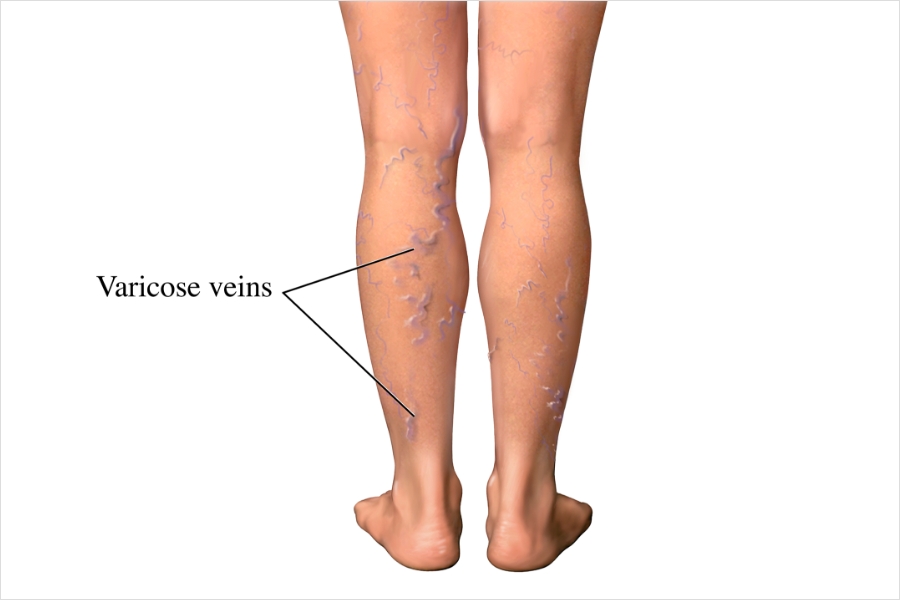According to Dr. Tapish Sahu, in this blog post, we’ll clear up the most common myths about varicose veins and provide you with the accurate information you need to better understand and treat this unsightly, occasionally painful, and very treatable vein condition.
According to Dr. Tapish Sahu, the best varicose vein doctor in Delhi NCR, Between 40 and 50 percent of Indians suffer from varicose veins, a common but occasionally misdiagnosed condition. This organization works to raise awareness and educate the nation about vascular veins. Despite the wealth of knowledge on venous insufficiency, the underlying cause of varicose veins, there are still many myths and misconceptions regarding the problem.
Myth 1: Only women get varicose veins.
The disorder is more common in women. Because hormones tend to relax vein walls, hormonal changes brought on by pregnancy or menopause may have a role. However, up to 45% of men will eventually develop varicose veins, proving that males are not immune to them. Family history is the best predictor. Regardless of gender, you are at a higher risk of developing varicose veins if your mother or grandfather had them.
Myth 2: Varicose Veins Are Only a Cosmetic Issue
Bulging varicose veins can cause serious health issues in addition to being a cosmetic concern. In addition to causing pain and discomfort, including symptoms like swelling, hurting, a heavy sensation, and even stiffness, they can also have an impact on how the legs look. Deep vein thrombosis (DVT) and other more severe disorders, like skin ulcers, can develop from varicose veins if treatment is not received. These consequences are potentially dangerous and need to be addressed right away.
Myth 3: Aging-related varicose veins are an expected sign.
There are techniques to avoid varicose veins, and not everyone over a certain age gets them. It is true that as you age, your veins’ blood flow-regulating valves deteriorate, increasing your chance of developing varicose veins.
Myth 4: Varicose veins are caused by pregnancy.
Your body’s blood volume rises throughout pregnancy. This alteration helps the developing fetus, but it can also have the unfavorable side effect of making your legs’ veins swell. Pregnancy-related hormonal changes could also be involved.
Most women only experience this condition temporarily, and after giving birth, their veins revert to their pre-pregnancy size.
Myth 5: Treating varicose veins hurts.
You may have heard tales of previous therapies involving invasive operations like vein stripping. Scarring and a lengthier healing period were common outcomes of these excruciating therapies. Thanks to advancements in technology, there are now several minimally invasive therapy alternatives that can have an impact.
Procedures involving radiofrequency or laser ablation yield positive outcomes with little recovery time. These therapies include damaging the vein’s inside with heat or light, which eventually causes the vein to collapse and disappear. Sclerotherapy is an additional technique that involves injecting a substance that causes the vein to collapse.
Conclusion
Varicose veins are often misunderstood, with many people believing myths that can prevent them from seeking timely and effective treatment. While they are sometimes seen as a cosmetic issue, varicose veins can lead to serious medical complications if ignored. Fortunately, with advancements in modern medicine, safe and minimally invasive treatments are now available.
Whether you’re experiencing discomfort or simply concerned about the appearance of your veins, it’s important to consult a qualified specialist. Dr. Tapish Sahu, the best varicose vein doctor in Delhi NCR, offers expert diagnosis and personalized treatment options that can help you regain comfort and confidence. Don’t let myths hold you back—early intervention can make a significant difference in both your health and quality of life.



